All about feeding cucumbers with mullein
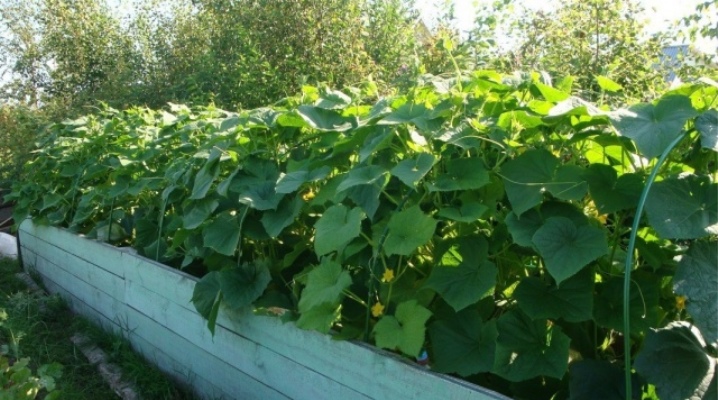
For feeding cucumbers, it is customary to use mullein, which is either fresh manure or fermented on the ground. Such an organic additive is highly effective, but only if the rules for its use are observed.
Advantages and disadvantages
Feeding cucumbers with a mullein has many benefits.
- You can start with the fact that when this fertilizer is applied in the soil, active reproduction of microorganisms begins, which has a beneficial effect on the growth and development of plants. This happens due to the fact that the substance contains a huge amount of food and energy for the smallest creatures.
- The chemical and physical characteristics of the soil change for the better, and insoluble compounds are transformed into easily assimilated ones.
- Feeding with cow dung allows you to modify the structure of the earth, since there is enough space for moisture and air between the small lumps that arise.
- Humic acids, which are part of humus, saturate the soil. In addition, the fertilizer is rich in nitrogen, potassium, phosphorus and trace elements in the form of oxides available to plants.
- If the area where the cucumbers grow is clay, then organic fertilizer helps to loosen it and improve air permeability. It becomes easier to care for the beds, in addition, they begin to warm up faster in spring.
- We must not forget that the amount of salt in the earth decreases, and the acidity of the soil is significantly reduced. As a result, the root system begins to develop faster, which means that the condition of the fruit improves.
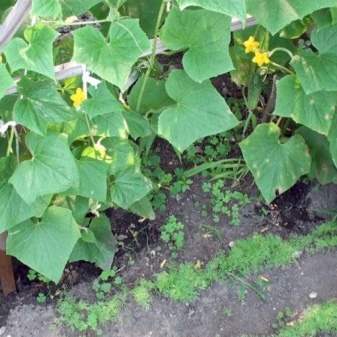

It should be added that the advantages of the mullein certainly include its low cost, versatility and high efficiency. The available additive does not harm the soil, it is safe for both plants and humans. In the ground soil fed, the roots of cucumbers absorb less toxic or radioactive substances, but they quickly absorb useful mineral complexes.
As for the disadvantages, the mullein still has some.
- It is important to understand that in an excess amount of ground for cucumbers is harmful. From an overabundance, foliage begins to wither, the spread of weeds is activated, and the root system may even rot slightly.
- To get the desired result, fertilizer should be applied in fairly large quantities - sometimes up to 300 kilograms per hundred square meters of land per season. The consumption of the mullein is high and its use is difficult.
- During feeding, you can accidentally transfer weed seeds to the beds or send pathogenic microorganisms into the soil.
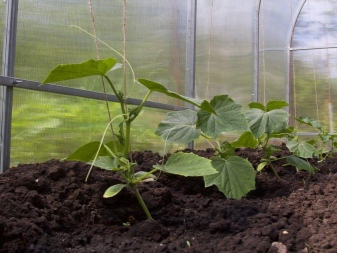
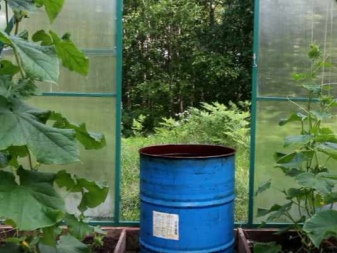
How to breed different types of mullein?
To fertilize cucumbers, a liquid mullein is most often bred or a bedding is added.
Liquid
Liquid mullein is suitable for:
- prepare humus, on which cucumber bushes can develop in the future;
- organize nutritious watering of growing vegetables.
By itself, this solution is obtained by mixing litterless manure and water. It should be added that litterless manure is a substance of medium density, devoid of fragments of any litter and rich in nitrogen in ammonia form.
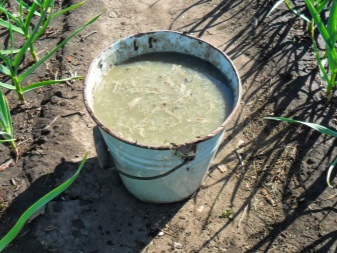
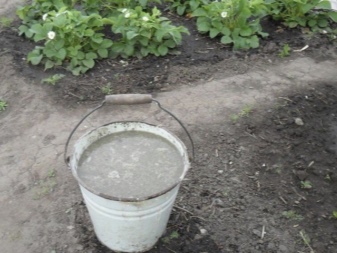
You can use different methods to prepare liquid fertilizer, but they all involve filling a third of the barrel with slurry and then adding water so that it does not splash.
- Then you can infuse the solution for several hours, then dilute with water in a ratio of 1 to 5 or 1 to 10, depending on how moist the soil is and how much it needs nutrients. To increase the efficiency of feeding, urea and other useful components are added to it.
- Cooking mullein according to the second method requires either closing the barrel with a lid, or tightening the hole with a transparent film to prevent the loss of ammonia. The substance should be infused for at least a week, during which it should be stirred daily. The finished solution is diluted with water in a ratio of 1 to 2 or 1 to 4. Immediately before use, it would be good to add superphosphate powder dissolved in a liter of water to each bucket.
- Finally, the initial mixture of fresh manure and water can be infused for as long as 30 days under a lid or foil, stirring regularly. After the above period, it can be used without additional liquid.
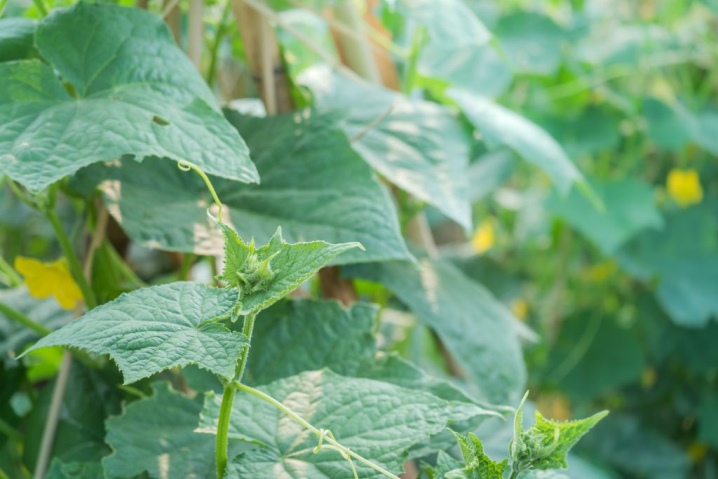
Litter
Litter mullein is a mass that came to the grower mixed with litter fragments, that is, straw, dry grass, sawdust, hay or peat. This happened, as you might guess, due to the fact that the manure was collected directly from the litter of animals: cows, horses, sheep or even rabbits.
This substance can be used in autumn as part of a complex fertilizer, or it can be used in composting. It should be added that the presence of peat in the composition contributes to an increase in the amount of ammonium nitrogen, and hay and straw provide the presence of potassium, phosphorus and magnesium.
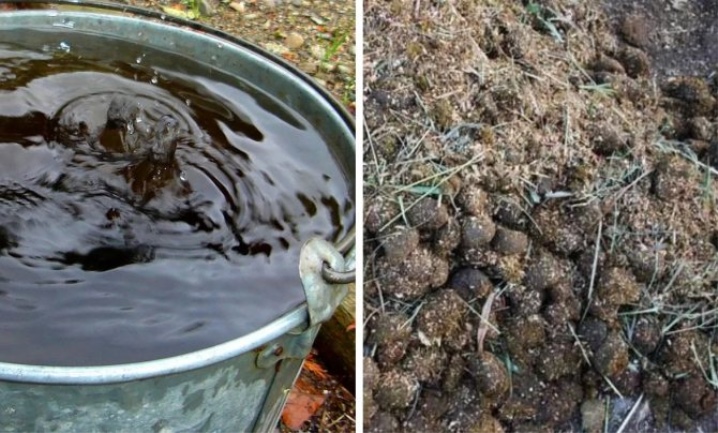
The litter mullein is devoid of slurry, since all the moisture is absorbed by the litter material. Over time, it begins to rot and transforms into nutritious humus.
How to feed properly?
Before using the mullein for feeding cucumbers, it is important to remember that fresh, highly concentrated manure is dangerous primarily for the root system of the plant, therefore its use in this form is strictly prohibited. Liquid mullein can be watered directly during irrigation. Such treatment will require preliminary dilution of the concentrate with clean water, as a rule, in a ratio of 1: 10. During watering, you will have to make sure that the liquid does not get on the foliage and ovaries, as this causes burns.

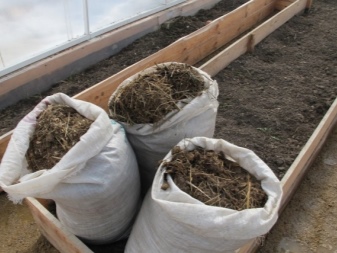
In the open field, it makes sense to use a liquid substance to prepare humus, on which vegetables can then grow. In this case, dry foliage, tops and straw are laid out at the bottom of the dug hole, which are then watered with mullein infusion. Having made several layers, it will be necessary to cover the bed with foil. Watering the compost with the biological product "Baikal EM-1" will also speed up the processes, and in a couple of months the humus will be ready. In principle, the same humus is also suitable for filling third-party holes before planting, being mixed with earth.
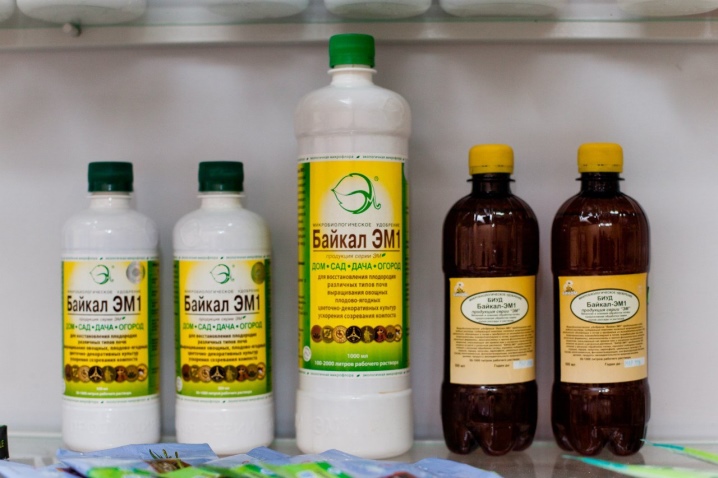
In the greenhouse, the mullein is used in several ways.
- Before planting, litter manure is applied directly into the ground, after which the site is dug up.
- The rotted mass can also provide crop mulching. In this case, the trunk circle of the shrub is filled with manure so that the layer thickness does not go beyond the boundaries of 3-5 centimeters. Useful substances will fall into the ground during irrigation.
- It will also be possible to fertilize greenhouse beds during watering. In this case, the liquid mullein is diluted in a ratio of 1 to 10, after which each square meter is irrigated with 3 liters, heading directly to the root.
During fruiting, it is better to mix the liquid substance with wood ash.By the way, some gardeners prefer not to water the cucumbers at the root, but pour the infusion into specially dug grooves next to the beds. As soon as the liquid is absorbed, the potholes are covered with earth.
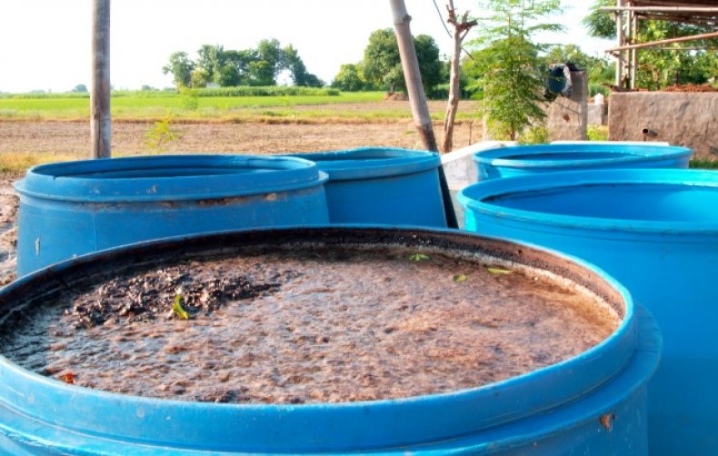
In general, it can be remembered that the solid bedding mullein is embedded in the ground during digging with a depression of at least 15 centimeters, and the liquid bedding is introduced alternately by root and foliar methods. At the beginning of the season, it is better to water the beds, and at the end - to spray over the greenery.
If the cucumbers are oversaturated with mullein, which can be guessed by the increase in green mass and by the formation of barren flowers between the ovaries, then it is worthwhile to promptly carry out a number of "rescue" measures. For about a week of planting, it is not worth watering at all, but spraying the culture with a superphosphate extract will be useful. She prepares like this:
- 60 grams of powder is diluted with 1 liter of freshly boiled water and infused for 24 hours;
- draining the liquid, the resulting hood must be diluted with clean water so that each bucket has 100 milliliters of superphosphate.
Rescue measures also include adding half a bucket of earth to each bush and removing a few leaves from the bush.

How often should you use it?
Mullein for cucumbers is usually used in autumn and spring. It is important to remember: although organic matter is safe for the crop, too frequent use of it will lead to oversaturation of the soil with nutrients. It is believed that during the growing season, cucumbers should be fed at least 4 times, maintaining an interval of 12-14 days.
Mullein is introduced separately before planting. The first time vegetables are fed before flowering, and then - during the beginning of fruiting. The next feeding takes place 2 weeks later, and the final one after another 3 weeks.
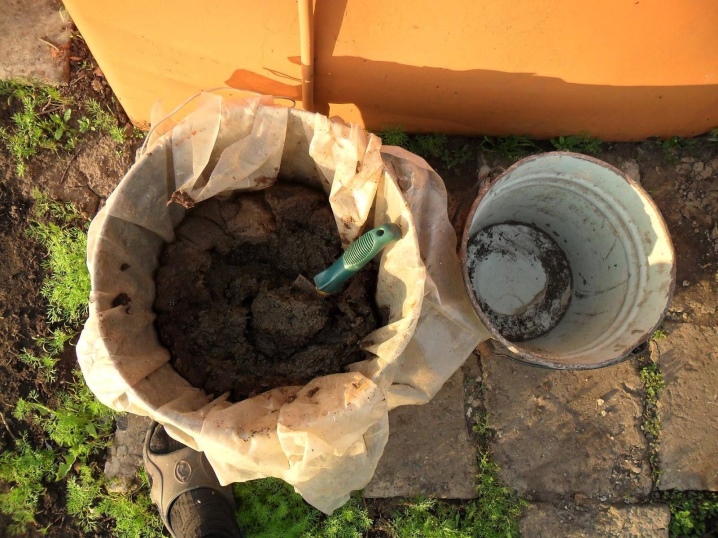
It makes sense to add manure unscheduled if the plant has become lethargic, and its leaves have lost their color and began to fall off. The addition of nutrients to the soil is also necessary when the ovaries dry out, deformation of the plates, the appearance of multi-colored spots, spoilage of taste and a decrease in the number of fruits. Some gardeners apply organic fertilizer as early as 2 weeks after transplanting.
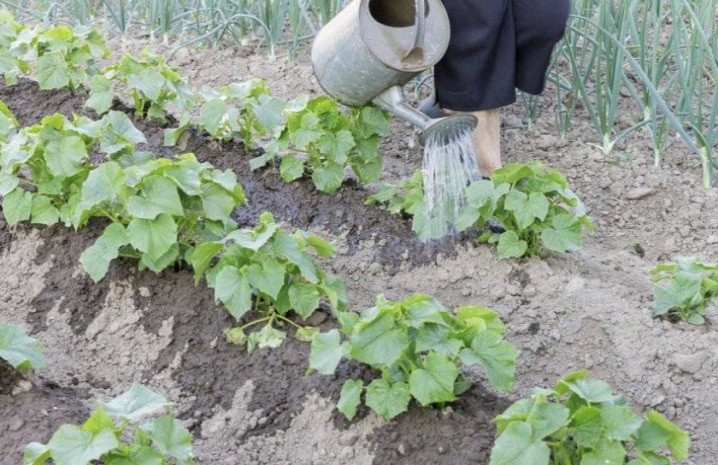













The comment was sent successfully.